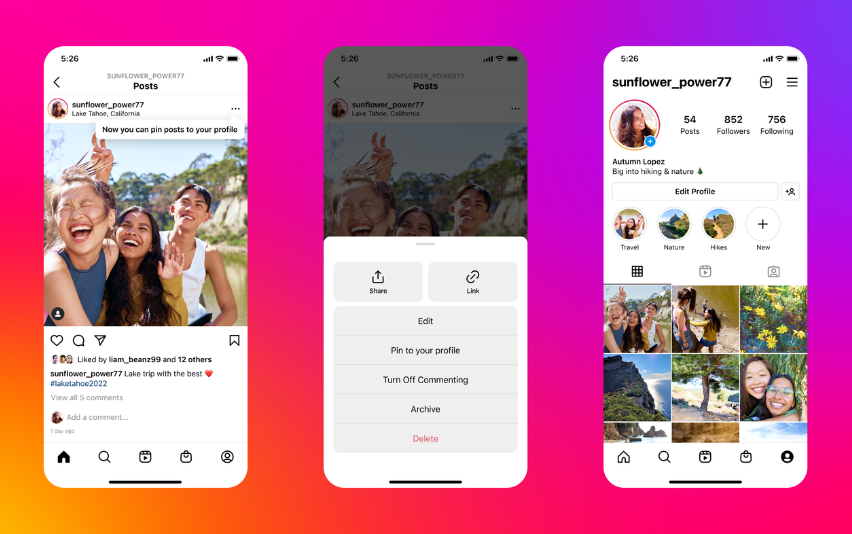In a surprising move, the government of Nepal has officially banned Instagram, Facebook, X (formerly Twitter), and 23 other social media platforms. The decision has sparked global debates on digital freedom, online security, and censorship. For millions of users in Nepal, this ban changes how they communicate, do business, and stay informed.
This blog breaks down the reasons behind the ban, its impact on citizens and businesses, and what alternatives might emerge in Nepal’s digital ecosystem.
Why Did Nepal Ban Social Media Platforms?
The government cited several reasons for this sweeping action:
- Misinformation and Fake News – Authorities claim these platforms were fueling political instability.
- Hate Speech & Online Harassment – Social platforms have long been criticized for failing to regulate harmful content.
- Data Privacy Concerns – Nepalese lawmakers expressed worries about user data being exploited by global tech giants.
- National Security – Officials believe controlling online communication could prevent cyber threats and unrest.
While the government has framed the ban as a protective measure, critics argue it’s a step toward digital censorship.
Which Platforms Are Banned in Nepal?
The ban covers the most widely used global platforms, including:
- Instagram – a favorite for youth and businesses promoting products.
- Facebook – the largest community platform in Nepal.
- X (Twitter) – a space for news, activism, and political commentary.
- WhatsApp, TikTok, Telegram (partially reported) – messaging and short video apps may also face restrictions.
Altogether, 25+ platforms are affected, leaving users with limited ways to connect.
The Impact on Citizens
For ordinary citizens, the ban affects nearly every aspect of daily life:
- Communication Disruption – Families relying on Messenger or WhatsApp to stay in touch face major hurdles.
- Access to Information – Many Nepalese rely on X and Facebook for breaking news updates.
- Mental Health Effects – With social media suddenly removed, young users may struggle with social isolation.
While VPNs (Virtual Private Networks) could provide temporary access, the government has hinted at cracking down on such tools.
The Impact on Businesses
Small businesses, startups, and content creators in Nepal are some of the hardest hit.
- E-commerce Stores – Platforms like Instagram and Facebook Shops were vital sales channels.
- Digital Marketing – Agencies and freelancers who relied on ads and influencer campaigns lose a huge portion of their reach.
- Tourism Industry – Hotels, travel agencies, and local guides heavily depended on Instagram and Facebook ads to attract global tourists.
- Creators & Influencers – For thousands of content creators, the ban disrupts both visibility and income.
👉 Businesses will now need to shift marketing strategies toward websites, SEO blogging, and alternative platforms such as LinkedIn, YouTube, or regional apps.
Alternatives for Nepalese Users
Even with the ban, users and companies can explore alternatives:
- Local Platforms – Nepal may encourage homegrown social media startups.
- Professional Networks – LinkedIn remains accessible and useful for business growth.
- Content Marketing & SEO – Websites with blogs optimized for Google Search (like Addicapes.com) become more valuable than ever.
- Email Marketing & SMS – Businesses can reconnect with audiences through direct channels.
- YouTube – As video consumption continues to grow, YouTube could fill the entertainment and marketing gap.
Global Reactions
International organizations have raised concerns about freedom of expression in Nepal. Human rights groups argue that banning entire platforms is an extreme measure. Tech companies like Meta and X Corp. have not yet issued official responses but are monitoring the situation closely.
What This Ban Means for the Future of Nepal’s Digital Landscape
The move sets a precedent for how governments in South Asia may approach social media regulation. While the ban might reduce harmful content temporarily, it risks:
- Stifling innovation and entrepreneurship.
- Limiting freedom of expression.
- Pushing young Nepalese talent to seek opportunities abroad.
Ultimately, Nepal now faces a difficult balance between regulation, freedom, and progress.
Conclusion
The ban on Instagram, Facebook, X, and 23 other platforms in Nepal marks a historic turning point in the country’s relationship with technology. While the government emphasizes security and social harmony, the ban raises questions about censorship, digital rights, and Nepal’s ability to compete in the global digital economy.
For businesses, now is the time to invest in SEO, websites, and alternative marketing strategies to stay visible. For citizens, this ban is a reminder of how closely internet freedom is tied to democracy and innovation.













